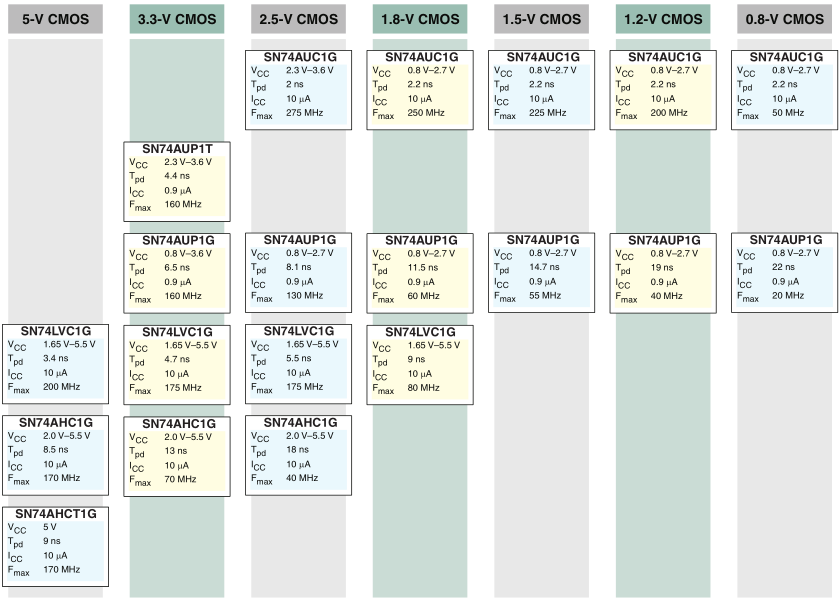Other Parts Discussed in Thread: SN74LVC3G17, SN74LVC2G17, SN74AUC17
Hi Sir,
My customer is looking for SPI level shifter solution and I just suggest them to use SN74LVC2G17 or SN74LVC3G17 for SPI level-shifter.
But customer concerned about propagation delay. There is just <1ns delay in LSF family, but 5.4ns in SN74LVC.
Could you please help to suggest which family is the most suitable for SPI level shifter? LSF or LVC or TXB/TXS family?
Please help to advice.
Thanks


